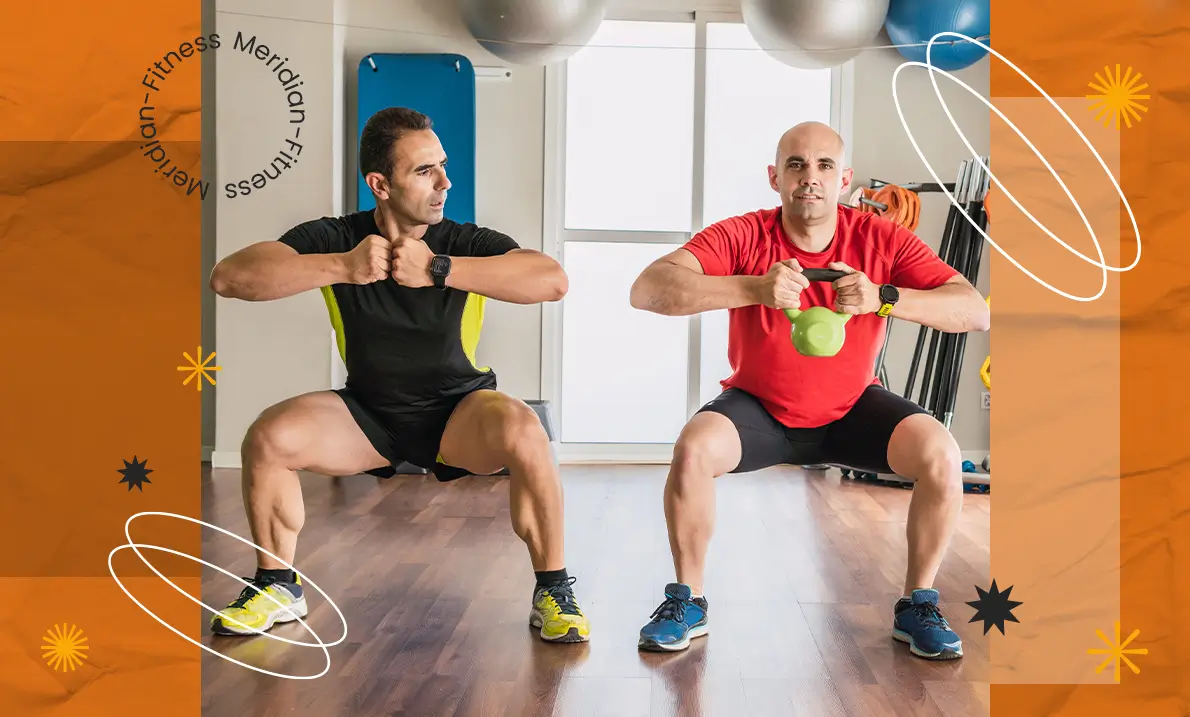Have you ever felt like your workouts aren’t delivering the same results they once did? Maybe you’re struggling to gain strength, losing weight, or just to feel the same post-exercise rush. You’re not alone. Many fitness enthusiasts experience this, and the culprit is often a stagnant workout routine. Your body is designed to adapt, and progress slows down when it gets too comfortable with a routine.
The secret to breaking through this plateau? Change. But how often should you switch up your workout plan? The answer isn’t as simple as “whenever you feel like it.” Fitness experts recommend making adjustments every 4 to 8 weeks. However, the best timing depends on various factors, including your fitness level, your goals, and the type of workouts you do.
Today, we’ll give you all a ride to the depth of this pool of informative pieces and explain why workout changes matter, how often to make them, and the best ways to do so effectively. Whether you’re a beginner or an experienced athlete, understanding when and how to adjust your workout plan can mean the difference between stagnation and progress. Let’s look into it in detail.
WHY CHANGE YOUR WORKOUT ROUTINE?
The change is mostly required for better health conditions. During the change of weather and season, your workout routine should be changed for your betterment. Let’s look at what more it can do for you.
IMPROVES FITNESS
When you perform the same exercises repeatedly, your body adapts. At the same time, this is food for efficiency; it means your fitness levels stop improving. Switching workouts challenges different muscle groups and boosts overall strength and endurance.
PREVENTS PLATEAUS
Have you ever felt like you’re stuck, no matter how hard you train? That’s a fitness plateau. Your body becomes too efficient at a routine, leading to reduced calorie burn and reduced strength gains. Changing your exercises forces your muscles to adapt and grow.
REDUCES INJURY RISK
Repeating the same movements can lead to overuse injuries. Muscles, joints, and ligaments need variety to stay healthy and balanced. Incorporating new movements helps distribute stress evenly across your body, reducing strain on specific areas.
BOOSTS MOTIVATION
Boredom is one of the biggest reasons people quit exercising. A fresh workout keeps things interesting, making it more likely that you’ll stick to your fitness goals.
ENHANCES MENTAL ENGAGEMENT
Exercising isn’t just about physical fitness; it also strengthens the brain. Learning new skills, like a different lifting technique or a yoga pose, keeps your mind engaged and improves coordination.
SIGNS IT’S TIME TO CHANGE YOUR WORKOUT
If you’re unsure when to switch things up, here are clear signs that it’s time for a new routine:
- No Progress: If you’re not getting stronger, faster, or building muscle growth, it’s a sign your workout is no longer challenging enough.
- Workouts Feel Too Easy: If you breeze through sets without effort, your body may have adapted too well.
- Lack of Soreness: While soreness isn’t necessary for progress, never feeling challenged could mean your muscles are no longer stimulated.
- Decreased Excitement: If you feel bored or unmotivated, a new workout might reignite your enthusiasm.
- Lingering Pain or Discomfort: If the same exercises cause discomfort, your body may be experiencing overuse injuries.
HOW TO CHANGE YOUR WORKOUT ROUTINE
Switching things up doesn’t mean you need a complete overhaul. Minor adjustments can make a big difference. Here’s how:
MODIFY YOUR EXERCISES
If you’ve been doing squats, try lunges. If you’ve been bench pressing, switch to dumbbell presses. Substituting similar movements activates muscles in different ways.
ADJUST INTENSITY
Increase weights, reps, or sets to make your workout more challenging. Alternatively, reduce rest time between sets to maintain intensity.
CHANGE FREQUENCY OR DURATION
If you usually work out three times a week, try four. If you do 45-minute sessions, push to an hour or experiment with shorter, high-intensity workouts.
USE DIFFERENT EQUIPMENT
Try resistance bands, kettlebells, or medicine balls instead of traditional weights to challenge muscles differently.
SWITCH WORKOUT STYLES
Consider incorporating yoga, Pilates, or CrossFit if you’ve been focusing only on weightlifting or cardio.
HOW DIFFERENT WORKOUTS AFFECT PROGRESS
Different training styles require different switching strategies. Let’s look at the best practices for various types of training:
STRENGTH TRAINING
For weightlifting, progression is key. If you’re doing the same routine, increase weight or reps every few weeks to ensure continued muscle growth. After 8 weeks, completely change the exercises to target muscles from new angles.
CARDIO WORKOUTS
Runners and cyclists can benefit from switching terrains, speeds, or inclines. If you usually jog, try sprinting intervals. If you bike, experiment with hill climbs.
HIGH-INTENSITY INTERVAL TRAINING (HIIT)
Since HIIT workouts rely on intensity, change up the exercises, duration, or rest intervals every 4-6 weeks to keep them effective.
YOGA & PILATES
Both focus on flexibility and core strength. Experimenting with different class styles (e.g., hot yoga, power yoga) keeps your practice evolving.
THE SCIENCE BEHIND CHANGING WORKOUTS
According to fitness research, progressive overload is essential for growth. This means gradually increasing demands on the body over time. However, without variation, muscle adaptation leads to diminished returns.
A 2019 study found that individuals who changed exercises frequently gained more muscle mass than those who followed the same routine.
COMMON MYTHS ABOUT CHANGING WORKOUTS
Myth #1: You Need a New Routine Every Week
Changing workouts too often can be counterproductive. Your body needs time to adapt and grow. The ideal time frame is 4 to 8 weeks.
Myth #2: Muscle Confusion is Necessary for Growth
The idea that constantly shocking muscles leads to faster growth is misleading. Consistency with gradual variation is more effective.
Myth #3: If You’re Not Sore, You’re Not Progressing
Soreness isn’t the only indicator of progress. Strength gains, endurance improvement, and muscle definition are better measures.
How to Track Your Progress
To make sure your changes are working, keep track of:
- Strength improvements (increase in weight lifted)
- Endurance levels (longer workout durations or increased reps)
- Body composition (muscle gain and fat loss)
- Motivation levels (Do you enjoy your workouts more?)
FINAL THOUGHTS
Changing your workout routine every 4 to 8 weeks helps you stay fit, avoid injuries, and keep exercise enjoyable. Even small adjustments, like increasing weights, changing exercises, or trying new workout styles, can lead to big improvements. Listen to your body, track your progress, and make informed changes to reach your fitness goals efficiently.
Keeping workouts fresh and challenging, you’ll continue seeing progress and stay motivated on your fitness journey.








